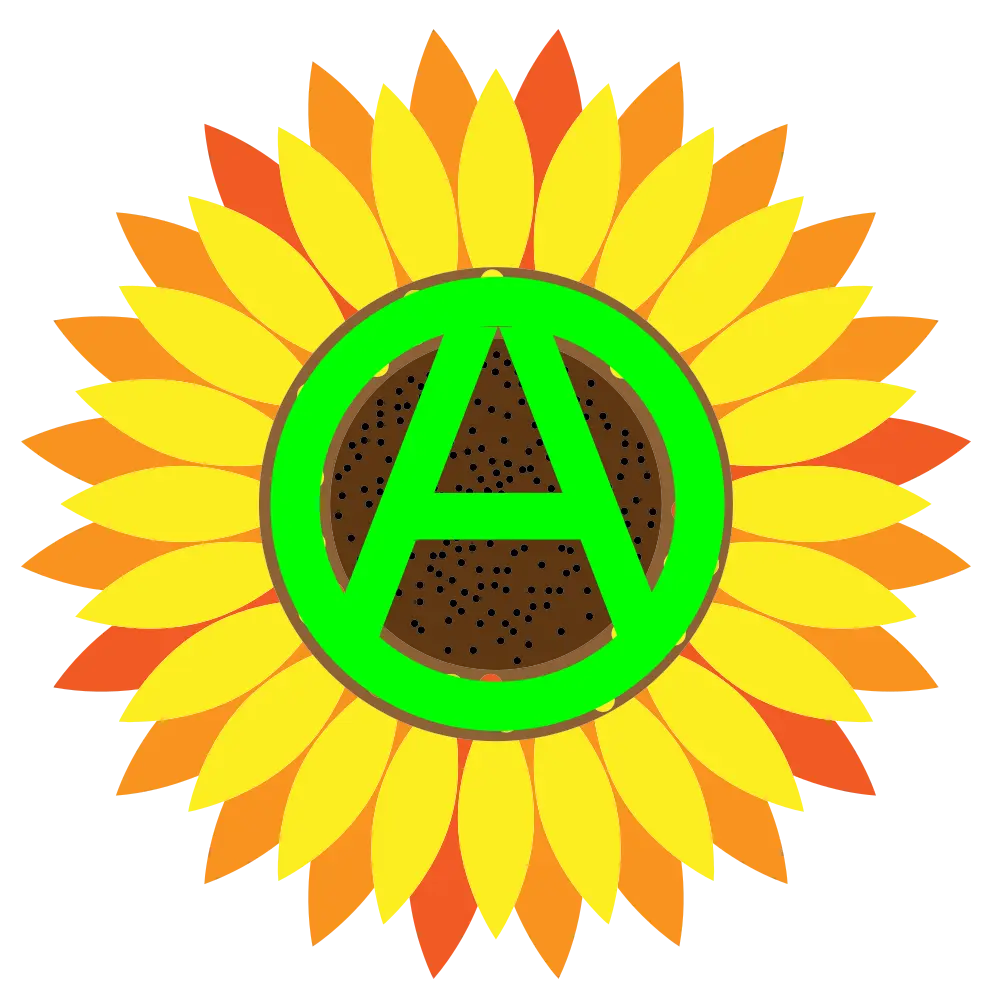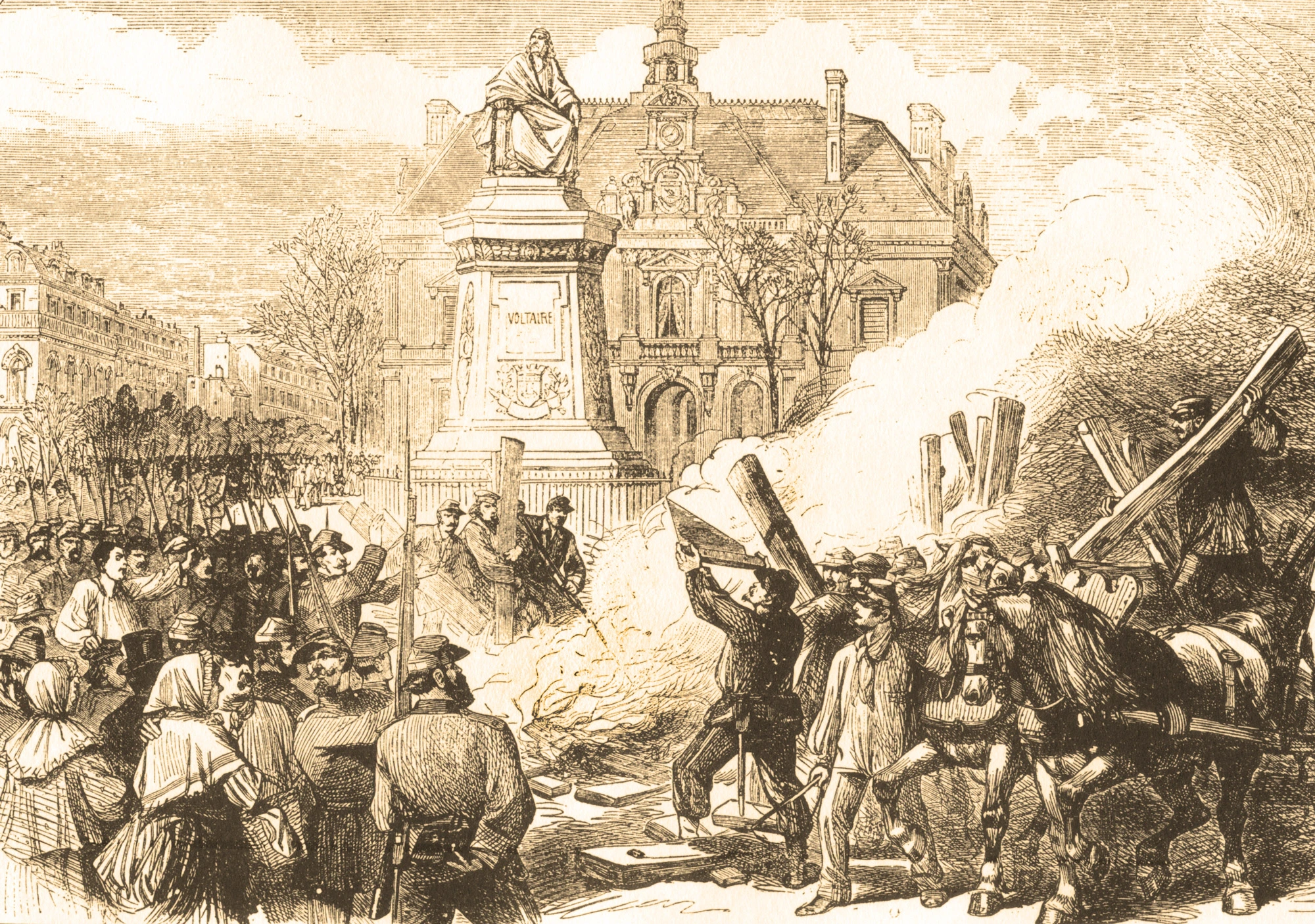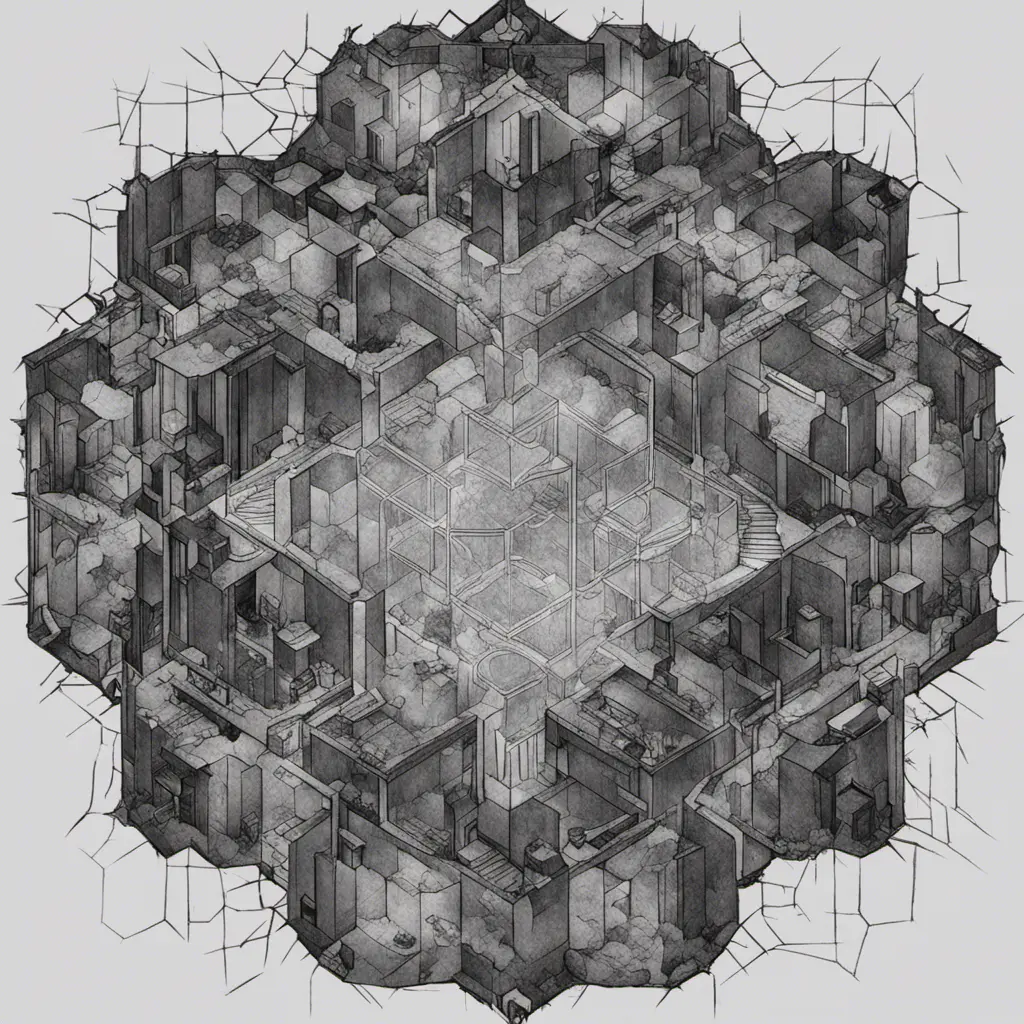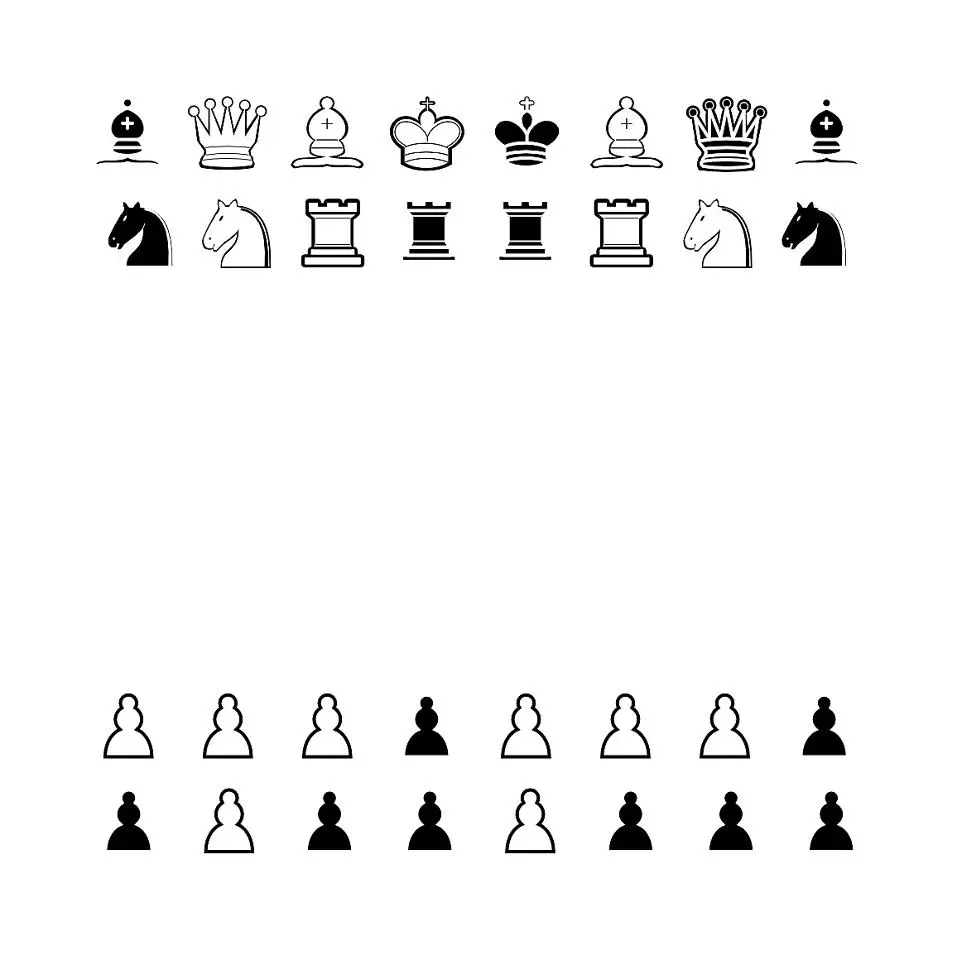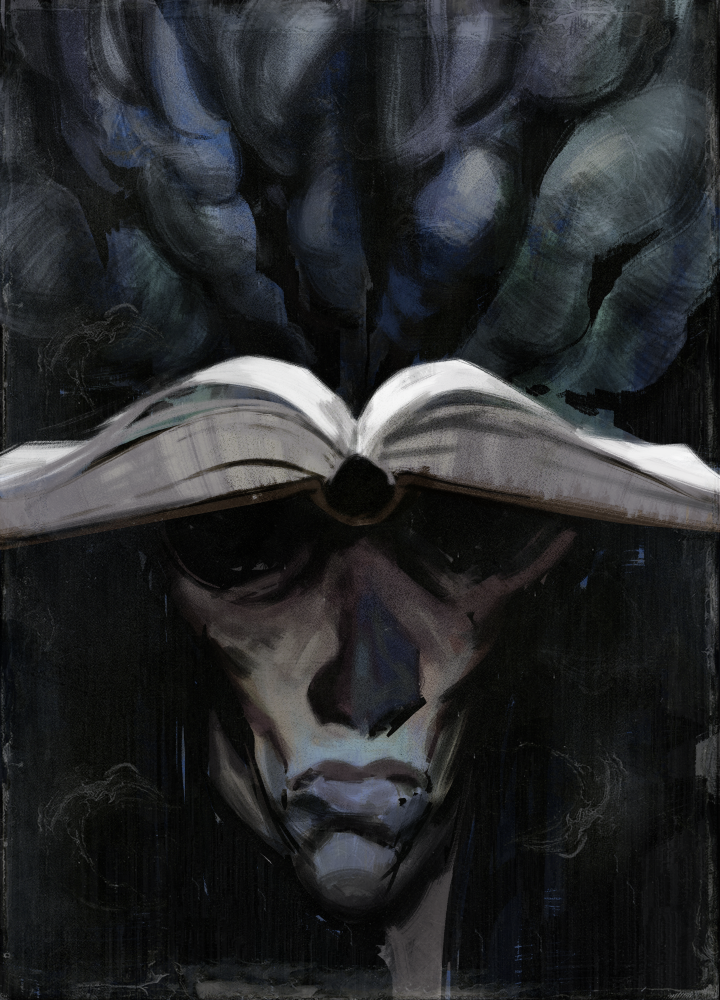- cross-posted to:
- anarchism@lemmygrad.ml
- cross-posted to:
- anarchism@lemmygrad.ml
I don’t know if this was posted here before, but I think it something that must be read by a lot of the folks on Lemmy.
The guillotine is a meme. We do not advocate it seriously.
The guillotine is associated with radical politics because it was used in the original French Revolution to behead monarch Louis XVI on January 21, 1793,
This is not true. It is associated with radical politics because of the revolutionary tribunal. And because of Robespierre regime, not in spite of it. Let me make a quick summary:
- In September 1792 a popular riot took over prisons in Paris and killed everyone they found that looked like an aristocrat or a member of clergy.
- It was considered to be the result of a popular sentiment, but was so chaotic that the authorities could not condone it, therefore it decided to install a revolutionary tribunal. Expeditious, but with some semblance of defense and justice. Danton was saying “We will be terrible, so that the people do not have to be” and “we will make a tribunal that is not good, it is at present impossible, but that is the least bad we can”.
- Danton and Robespierre, who had equal roles in the Terror regime, despite the popular narrative making Robespierre the bad guy and Danton the good guy, were moderates of that time. They installed it in order to decrease the amount of retributive violence.
When we, in France, praise the guillotine, it is more out of desperation and nostalgia for that time when powerful people had to defend in front of a biased justice but, for once, biased against them.
Later on, yes, it became the tool of execution of a variety of autocratic regimes. The Commune was an extremely progressist movement. When it burns down the guillotine, it is the death penalty in general that it rejects but it does not reject the idea of opposing with violence to the authoritarian government. But this time the government had fled so they formed a militia to attack them. Had them win, we would have seen another type of popular justice. Probably less bloody though.
We do not advocate it seriously.
When we, in France, praise the guillotine,…
Who do you include in your “we”? I think it might be useful to be more precise here so.
Most people I personally met that made jokes/memes/references to guillotines, to putting people against a wall and shooting them or to gulags were some kind of communists and communists implemented / used the death penalty when they got into power many times (or even every time?).
Good point.
I am mostly in a leftist bubble. Most people I know who will make gulag or guillotine jokes as a solution would vote strongly against people actually seriously advocating those.
People who unironically want a return of the death penalty (and therefore a state-sanctioned use of the guillotine) are usually from the far-right.
The guillotine is the symbol of when the people managed to judge the dominant caste with extremely harsh sentences. It is a reminder that governments can do “aggressive” things like taxing high revenues much more aggressively. Or put in jail fraudulent CEOs. That we have done much harsher in the past.
Lemmygrad is 100% not joking about guillotines and gulags.
The problem with all this, and that the guillotine is symbolic of, is that state power is always used against the weak. The guillotine isn’t a defensive weapon. It can only be used, by definition, after an enemy has been subjugated. The logic of the guillotine, and it’s symbolism, is revenge. The core logic of fascism is also revenge. The path from leftist ideals to reactionary dictatorship cloaked in those ideals follows that path.
Vengeance feels right because we are fighting against generations of injustice, but it can’t end in a world without injustice. The world anarchists want to create is one that is fundamentally compassionate, even to those who have harmed us. Because everyone is a human, and everyone makes mistakes.
The defense of the revolution is the revolution. If the formerly rich are a threat to the post-revolutionary order, what has the revolution achieved? The world should be better for them too. They no longer have to chase wealth or fear for their lives, they can have time to work out whatever trauma drove them to hoard all that wealth.
The guillotine cannot reform. It cannot help. It can only kill those who are, by definition, no longer a threat. It cannot be used for anything but revenge, and there is no place for revenge in a revolution that seeks to build a better world.
This is why I advocate for gun ownership but refused to testify against the person who shot me. This is one of my favorite crimethinc pieces and I reference it a lot.
I am telling you about France, and while tankies certainly exist, their relevance in the far left is nil. People who seriously advocate for guillotines are the people for the return of the death penalty (mostly far right). And no one on the far left advocates for gulags or “reeducation”. Stalinists have no party. Maoist neither. The fringest left wing party you will find are LO and NPA and while they are revolutionary, they do not advocate such things.
Like I said, the guillotine is mostly used as the symbol of our ability to punish powerful people.
I would obviously not support a movement that proposes to install a new revolutionary tribunal or a cheka, these are seeds of authoritarianism that lead nowhere.
The guillotine has come to occupy our collective imagination. In a time when the rifts in our society are widening towards civil war, it represents uncompromising bloody revenge. It represents the idea that the violence of the state could be a good thing if only the right people were in charge.
The text is not against revolt, violent revolution or killing oppressors as self defense. Its just advising us to not think like the state.
“The guillotine remained the official method of execution in France until the death penalty was abolished in 1981. The final three guillotinings in France before its abolition were those of child-murderers Christian Ranucci (on 28 July 1976) in Marseille, Jérôme Carrein (on 23 June 1977) in Douai and torturer-murderer Hamida Djandoubi (on 10 September 1977) in Marseille. Djandoubi’s death was the last time that the guillotine was used for an execution by any government.”
A classic
You can’t defeat monsters by acting in a monstrous manner. It’s deeply tempting to use violence against those who have profited from crimes against humanity, but violence of that sort leads down a very dark, dangerous path. Death is the ultimate power that authority of any kind can wield, and we shouldn’t be too eager to wield it.
Aye. That being said, violence is sometimes necessary*. Executions of people who were already made a non-threat? Never.
*With the caveat that violence does not need to be deadly all that often.

